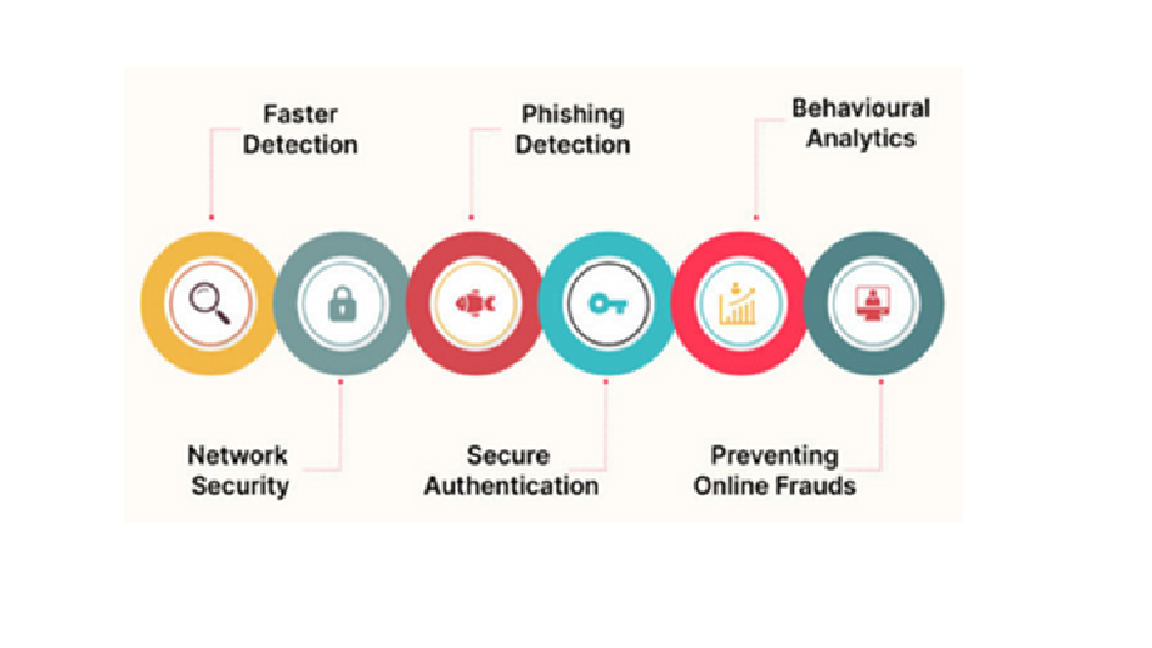Cybersecurity Threat Detection and Prevention using Machine Learning Approaches
Main Article Content
Abstract
With the rapid advancement of digital technologies and the increasing complexity of cyber threats, traditional security mechanisms struggle to provide adequate protection against evolving attacks. Machine learning (ML) has emerged as a powerful tool for enhancing cybersecurity by enabling automated threat detection, anomaly identification, and real-time attack prevention. This paper explores the integration of ML approaches, including supervised, unsupervised, and deep learning techniques, in cybersecurity threat detection and prevention. It discusses key methodologies such as anomaly detection, intrusion detection systems (IDS), and behavioral analysis, which help identify malicious activities with high accuracy. Furthermore, ML-driven cybersecurity solutions are evaluated based on their effectiveness in mitigating threats such as malware, phishing, distributed denial-of-service (DDoS) attacks, and insider threats. Despite its advantages, ML-based security systems face challenges related to data quality, adversarial attacks, and computational overhead. Future research should focus on enhancing model robustness, improving feature selection techniques, and integrating AI-driven adaptive security frameworks to counter evolving cyber threats. This study highlights the potential of ML in strengthening cybersecurity defenses and provides insights into its practical implementation for real-world security challenges.
